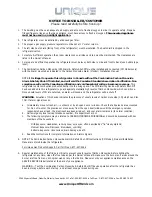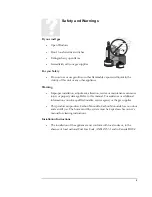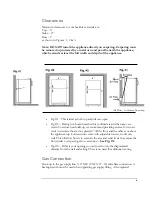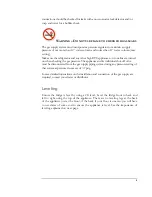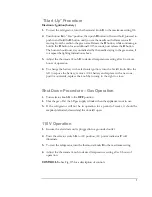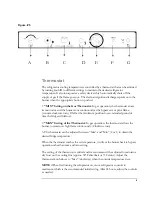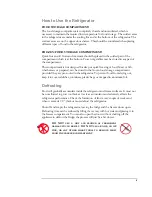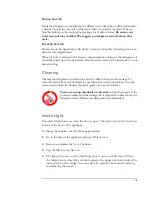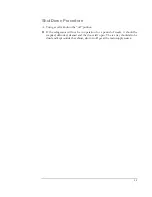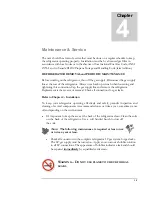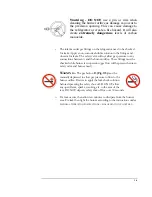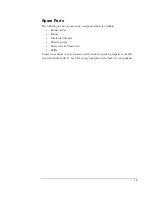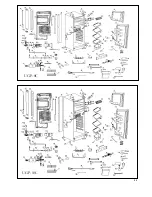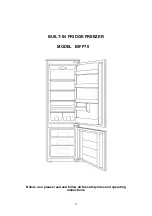
8
Thermostat
The refrigerator cooling temperature is controlled by a thermostat that can be adjusted
by turning knob
E
to different settings to maintain the desired refrigerator
temperature. It also incorporates a safety device which automatically shuts off the
supply of gas if the flame goes out. The electronic ignition discharges sparks onto the
burner when the appropriate button is pushed.
1.
“MIN” Setting on the Gas Thermostat:
In gas operation, the thermostat closes
its main valve and the burner runs continuously at the bypass rate or pilot flame.
(counter-clockwise turn). If left at the minimum position for an extended period of
time the fridge will defrost.
2.
“MAX” Setting of the Thermostat:
In gas operation, the thermostat allows the
burner to remain on high flame continuously. (Clockwise turn)
3. The thermostat can be adjusted between “Max” and “Min” (4 or 1) to obtain the
desired fridge temperature.
When the thermostat reaches the set temperature, it will cut the burner back to bypass
operation other than max and min setting.
The setting of the thermostat is critical and we recommend it be adjusted to maintain a
dry frost on the cooling fins (approx. 38
Fahrenheit or 3
Celsius). Adjust the
thermostat knob closer to “Max” (clockwise) when the outside temperature rises.
NOTE:
When first turning the refrigerator on, move refrigerator controls to
maximum, which is the recommended initial setting. After 24 hours, adjust the controls
as needed.
Figure. #5
A
B
C
D E
F
G



